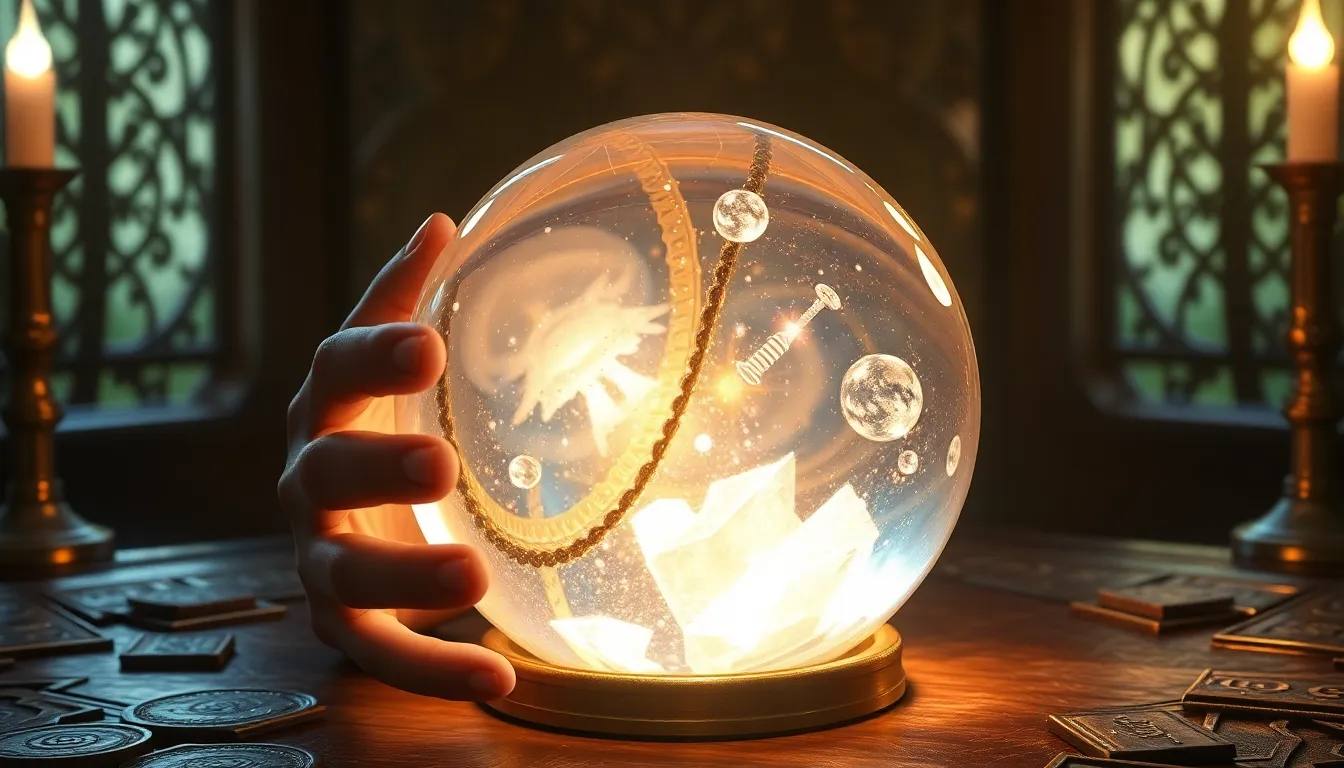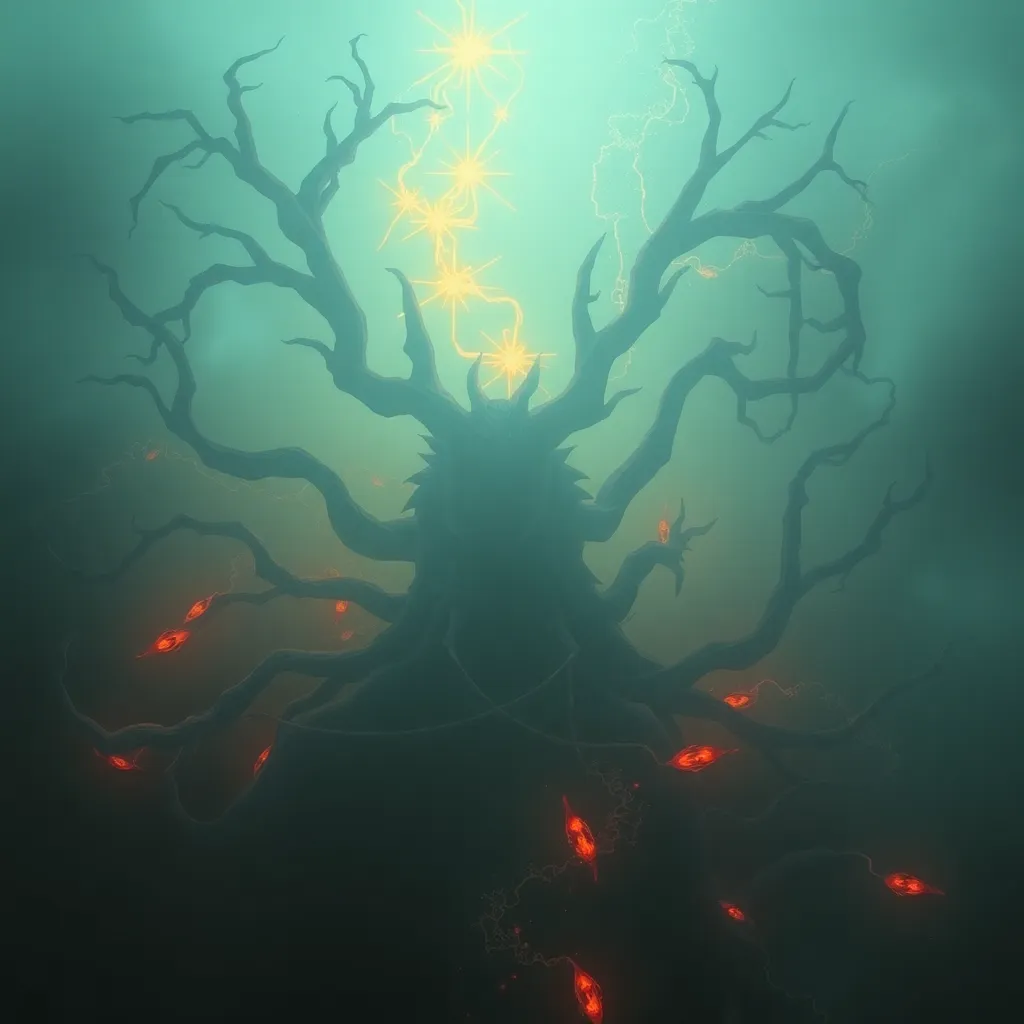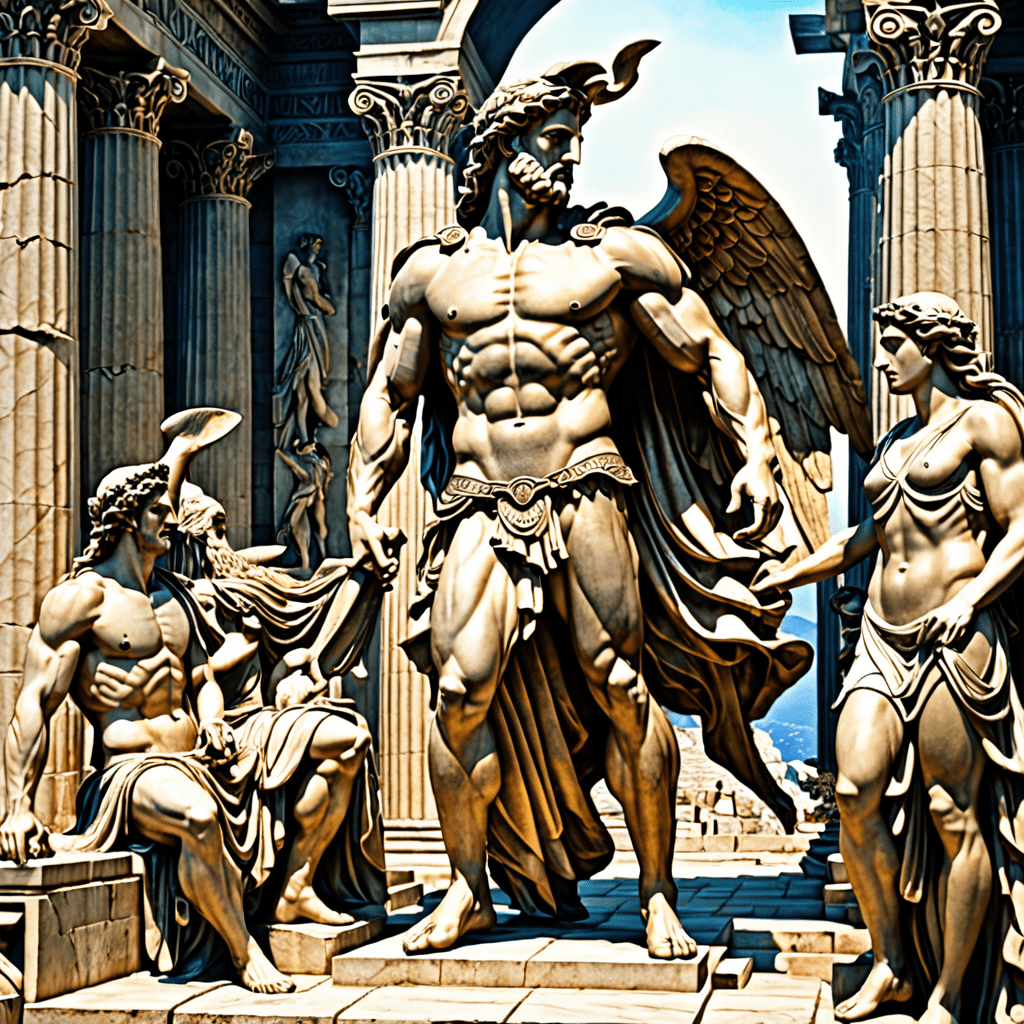The Power of the Crystal Ball: 6 Magical Artifacts of Divination
I. Introduction to Divination
Divination is the practice of seeking knowledge of the future or the unknown through supernatural means. This ancient art has been utilized across cultures and civilizations for thousands of years, serving as a bridge between the human experience and the mystical realms. Historically, divination has played a significant role in religious rituals, decision-making, and personal guidance.
Cultural significance varies widely; in some societies, divination is treated as a sacred practice, while in others, it is viewed with skepticism. Despite these differences, one commonality remains: the use of magical artifacts in divination enhances the experience and provides a tangible connection to the spiritual world. From crystal balls to tarot cards, these tools have become synonymous with the art of divination.
II. The Crystal Ball: Origins and Symbolism
The crystal ball, or scrying ball, has a long-standing history in the realm of divination. Its origins can be traced back to ancient civilizations, including the Celts and the Romans, who believed that the ball could facilitate communication with the spirit world. Traditionally made from clear quartz or glass, the crystal ball is often associated with visions and foretelling the future.
Cultural interpretations of crystal balls vary. In Western culture, they are commonly linked to fortune-telling and are often depicted in media as the quintessential tool of a mystical seer. Myths surrounding crystal balls often involve the idea of them being a portal to another realm, where the viewer can glimpse into the past, present, or future.
Psychologically, gazing into a crystal ball can be seen as a meditative practice. The act of focusing on the sphere allows for a deep sense of introspection and connection with one’s intuition. This psychological aspect enhances the divination experience, as the user may find personal insights arising from their reflections.
III. Tarot Cards: The Art of Storytelling and Interpretation
Tarot cards boast a rich history dating back to the 15th century in Europe. Originally created as playing cards, they evolved into a tool for divination by the late 18th century. Each card in a tarot deck carries unique symbolism and meaning, often representing archetypes of human experience.
A standard tarot deck consists of 78 cards, divided into the Major Arcana and Minor Arcana. The Major Arcana cards depict significant life events and spiritual lessons, while the Minor Arcana cards represent day-to-day challenges and situations. This structure allows for a diverse range of interpretations, creating a narrative that reflects the querent’s life journey.
During a tarot reading, practitioners interpret the cards based on their positions and relationships to one another, providing insight and guidance. This storytelling aspect of tarot invites individuals to explore their own narratives, facilitating self-discovery and personal growth.
IV. Runes: Ancient Symbols of Fate and Fortune
Runes are an ancient form of divination originating from the Nordic and Germanic peoples. Composed of characters from runic alphabets, each rune carries specific meanings and associations tied to nature, fate, and the universe. Historically, runes were used for writing, but they also served as powerful symbols for divination.
Methods of rune casting typically involve drawing a set number of runes from a bag or casting them onto a surface. The runes’ positions and orientations are then interpreted based on their meanings and the context of the question posed. This practice requires a deep understanding of the runes and an intuitive approach to interpretation.
Intuition plays a crucial role in rune divination. As practitioners connect with the symbols, their insights often derive from personal experiences and feelings, allowing for a more profound understanding of the messages conveyed.
V. Pendulums: The Dance of Energy and Intention
The pendulum is a simple yet powerful divination tool that taps into the energy and intention of the user. Typically made of a weighted object suspended from a chain or string, pendulums are used to answer questions and provide guidance through their movements.
Techniques for pendulum dowsing involve holding the pendulum steady and asking it a question. The direction and manner in which the pendulum swings—whether it moves in a circle, back and forth, or side to side—are interpreted as answers. This practice can help individuals access their inner wisdom and make decisions based on intuitive responses.
The science behind pendulum movements is often linked to the ideomotor effect, where unconscious muscle movements influence the pendulum’s motion. This interplay between mind and body showcases the importance of intention in the practice of pendulum divination.
VI. Scrying Mirrors: The Dark Reflection of the Soul
Scrying mirrors, often made from polished obsidian or glass, have been used throughout history for divination. The practice involves gazing into the reflective surface to receive visions or insights from the subconscious or spiritual realm. Scrying has been referenced in various cultures, from ancient Egypt to medieval Europe.
Techniques for scrying typically involve creating a quiet, meditative space and focusing on the mirror’s surface. Practitioners may enter a trance-like state, allowing images, symbols, or visions to emerge. Interpreting these visions requires a blend of intuition and personal symbolism, as each individual’s experience can vary significantly.
However, scrying is not without risks. Engaging deeply with the subconscious can sometimes bring forth unsettling emotions or visions. Ethical considerations are essential, as practitioners should approach scrying with respect and awareness of their mental and emotional state.
VII. Tea Leaves: The Art of Tasseography
Tasseography, the art of reading tea leaves, has its origins in ancient China and has spread across cultures, particularly in Europe. This divination method involves interpreting the patterns left by tea leaves in a cup after the tea has been consumed. Each shape and arrangement can hold specific meanings.
To read tea leaves, follow these steps:
- Prepare a cup of loose-leaf tea and drink it, leaving a small amount of liquid at the bottom.
- Swirl the cup three times clockwise, then invert it on a saucer to let the leaves settle.
- Observe the shapes and patterns formed by the leaves, interpreting them based on common symbols.
Cultural variations exist in tasseography, with different regions attributing unique meanings to shapes. This diversity adds richness to the practice, allowing individuals to connect with their cultural heritage while exploring the art of divination.
VIII. The Role of Intuition in Divination
Intuition is a fundamental component of divination, guiding practitioners in their interpretations and insights. Understanding intuition involves recognizing it as an innate ability that can be cultivated and enhanced over time. Many successful diviners emphasize the importance of trust in one’s intuitive instincts.
To develop intuitive skills for better readings, consider the following practices:
- Engage in regular meditation to quiet the mind and enhance self-awareness.
- Keep a journal to document intuitive insights and experiences.
- Practice mindfulness in daily life to strengthen your connection to your inner voice.
Balancing logic and intuition is essential in the practice of divination. While rational thought can provide structure, intuition often reveals deeper truths that logic may overlook. This balance can lead to more profound and meaningful readings.
IX. The Modern Renaissance of Divination Practices
In recent years, there has been a resurgence of interest in divination practices within contemporary society. As people seek alternative methods of guidance and self-discovery, divination tools have gained popularity among diverse audiences. This modern renaissance reflects a growing acceptance of spirituality and the exploration of the unknown.
Technology has also influenced divination, with many practitioners utilizing apps and online platforms to connect with others and access resources. Various communities, both online and offline, foster support and learning for aspiring diviners, providing a wealth of information and shared experiences.
X. Conclusion: Embracing the Mystique of Divination
The importance of personal interpretation in divination cannot be overstated. Each individual brings unique experiences and insights to their practice, making the art of divination a deeply personal journey. By embracing the mystique of these magical artifacts, one can uncover hidden truths, gain clarity, and foster a more profound connection to the universe.
As we navigate the complexities of life, divination offers a pathway to understanding ourselves and the world around us. Whether through crystal balls, tarot cards, runes, or other tools, the power of divination lies in its ability to illuminate the shadows and guide us toward our true potential.



